My Love-Hate Relationship with Ginny & Georgia
Congrats, Netflix; you have done it again— you’ve compelled me to watch ten hour-long episodes consisting of a cast of 25-year old teenagers, unlikeable characters, and mediocre writing in less than two days!
Netflix’s newest addicting dramedy, Ginny & Georgia, starring Antonia Gentry and Brianne Howey, premiered on February 24 and has reigned the streaming service’s daily top 10 ever since. As with almost every new Netflix show, Ginny & Georgia has received its fair share of criticism. Despite this, the show has also been praised for its diverse ensemble compared to past high-school-centered Netflix originals. With a lesbian character whose storyline doesn’t revolve around being in the closet, a family with a deaf parent, and conversations on relevant social issues, it is clear that the creators wanted to keep up with modern times.
Like many others, when I initially heard about this show, I noticed its uncanny resemblance to Amy Sherman-Palladino’s Gilmore Girls. Both programs feature a witty pair of a young, free-spirited mother and her intelligent teenage daughter who keeps her line. Combine that with the matching New England setting and the double-G titles; one would think that the Millers would be just like the Gilmores but with more of a CW-esque twist. However, the similarities stop here.
Instead of the 45 minutes of the comfort, warmth, and lightheartedness that Gilmore Girls provides, Ginny & Georgia has a very striking resemblance to Hulu’s Little Fires Everywhere, a limited series based on Celeste Ng’s novel of the same name. Starring Kerry Washington and Reese Witherspoon, LFE follows the nomadic duo of Mia and her daughter Pearl as they move to a quaint, suburban town. Like Georgia, Mia has a dark past and attempts to conceal those consequential secrets from others, especially her daughter. And just like Ginny, Pearl desires to uncover the hidden truths and ultimately becomes resentful towards her mother. Ginny is also similar to Pearl in that they both are one of the only black girls at a predominantly white high school, causing both of them to face plenty of microaggressions and eventually assimilate into their new environment.
One of the flaws of Ginny & Georgia is that it often seems to be a culmination of a dozen shows, books, and movies of all types of genres. It is a teen drama when we watch Ginny and her friends, a crime drama when we watch Georgia’s unlawful acts unfold, and a soapy romance when following both characters’ several love interests. Though it leaves no room for boredom, the story becomes difficult to follow with so many subplots; from the dilemmas within MANG to the Wellsbury mayoral election to Austin’s slow transition into becoming a future serial killer. Vulture critic Kathryn VanArendonk compares the Netflix series to Guy Fieri’s Trash Can Nachos, a mountain of tortilla chips topped with carne asada, beans, salsa, red onion, jalapeno and smothered in six types of cheese. The over-the-top recipe is meant to crowd-please even though many ingredients are unnecessary, which can be compared to Ginny & Georgia’s attempt to include an abundance of subplots. With so much going on, the writers fail to tie up loose ends and leave many conflicts unresolved.
Take the shoplifting scene, for example. When Ginny, who is still the new kid on the block, goes with Abby and Nora to a local boutique, Abby steals some clothes and convinces Ginny to swipe a pair of earrings. Once they are caught, the so-called friends blame Ginny for the crime, a convenient excuse since she is the only black girl in the store. Even without this scene’s racist undertones, the incident proves to be so toxic that it would make sense for Ginny to unfriend them, yet the characters completely disregard it afterward! Instead of confronting Abby and Nora, Ginny proceeds to call them her best friends, and they all wear matching t-shirts. There was never a resolution to the situation, and by the next episode, there was already so much more going on that there would not be enough time for one.
The love triangles that both Ginny and Georgia find themselves in are another prominent aspect of the show, but I found the teenage romantic drama much more messy and entertaining. As I said, this series has a nasty habit of unoriginality. This can be seen in Ginny’s relationship dilemma between Marcus, the boy next door with a reputation, and Hunter, the sweet, studious, guitar-lover. As a reader of fanfiction back in my awkward middle school years, the plot was eerily similar; a smart, insecure new girl falls for the enigmatic bad boy she can’t have, but she’s especially conflicted because she already has a perfect-but-bland boyfriend. I’ve read this story a million times before, and I can assure you that if you replaced Marcus with Harry Styles and paired it with a mediocre fanmade cover, it would have made a hit on Wattpad.
Everyone who watched Ginny & Georgia can be split into two groups: those who are Team Marcus and those who are stupid. I’m just kidding, but if you actually are Team Hunter, I ask that you explain how you watched the disturbing tap-dancing scene and thought to yourself, “Yeah, I’m rooting for this guy.” While Marcus has his flaws, like his jerk tendencies and the fact that he looks and acts like a 12-year-old and a 40-year old all at the same time, I found Hunter to be a repulsive person the second I saw his hair. Looks aside, every single thing he did aggravated me, and what sent me over the top was the infamous “Oppression Olympics,”; a travesty that reflected the tone-deafness of a team of primarily white writers. Sure, Hunter’s kindness and devotion to school and his band made him the perfect boyfriend on paper, but he and Ginny lacked the chemistry that she shared with Marcus. Even Marcus acknowledges that Hunter “has a ponytail instead of a personality.”
Ginny & Georgia took a step in the right direction by spotlighting characters of diverse backgrounds and socially important themes ranging from monoracial and biracial identity, depression and self-harm, and family relationships. However, because the creators attempted to cover so much ground, the show quickly became chaotic and hard to follow. It can often resemble a plate of Trash Can Nachos, but its dramatic and sometimes cringey flair makes it very entertaining. Netflix has not yet confirmed the show’s renewal for a second season, but I will definitely tune in if there is one.
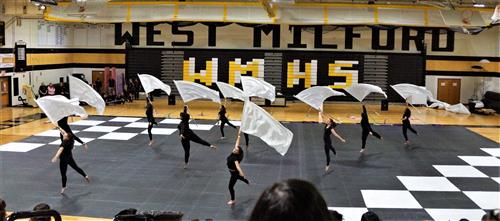
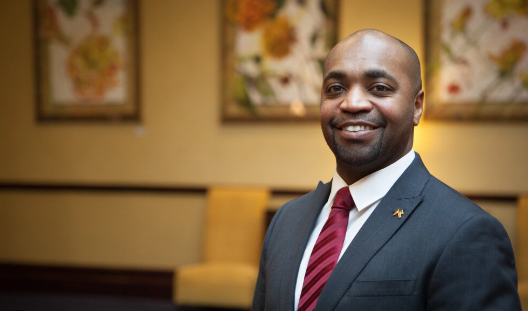
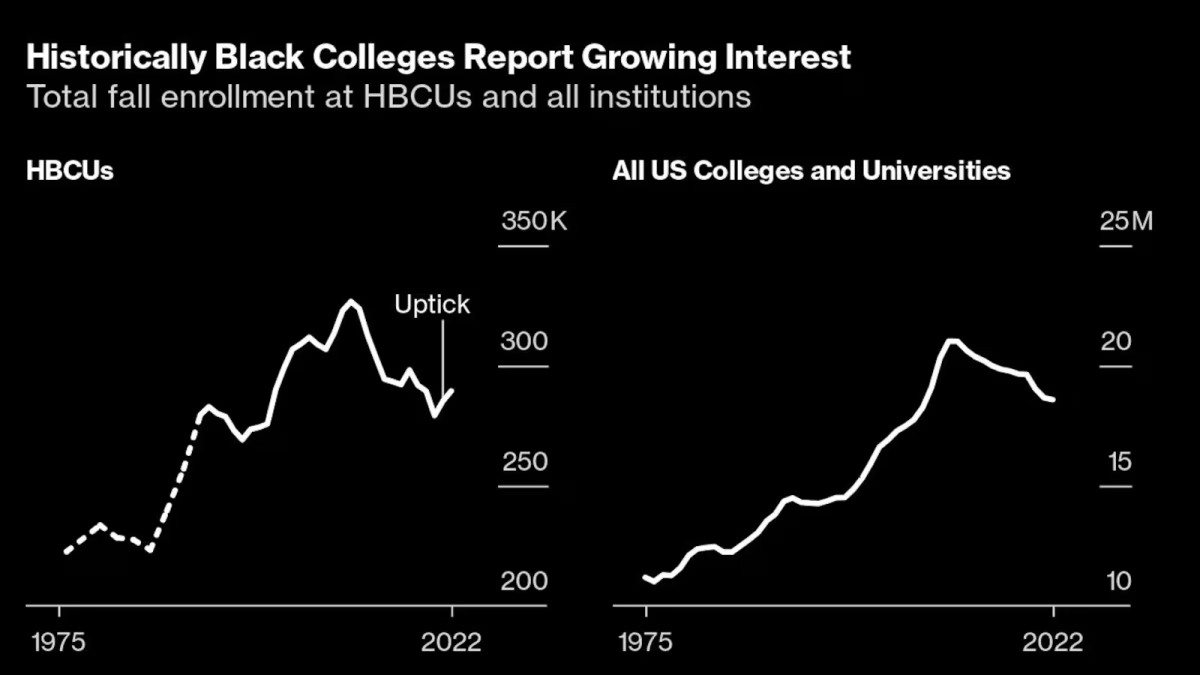
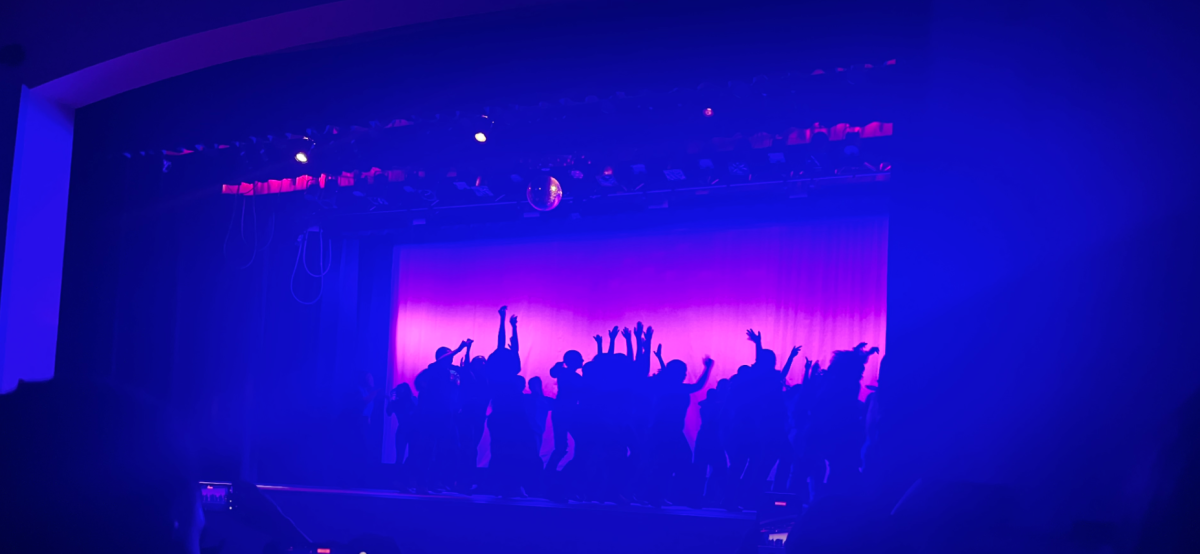
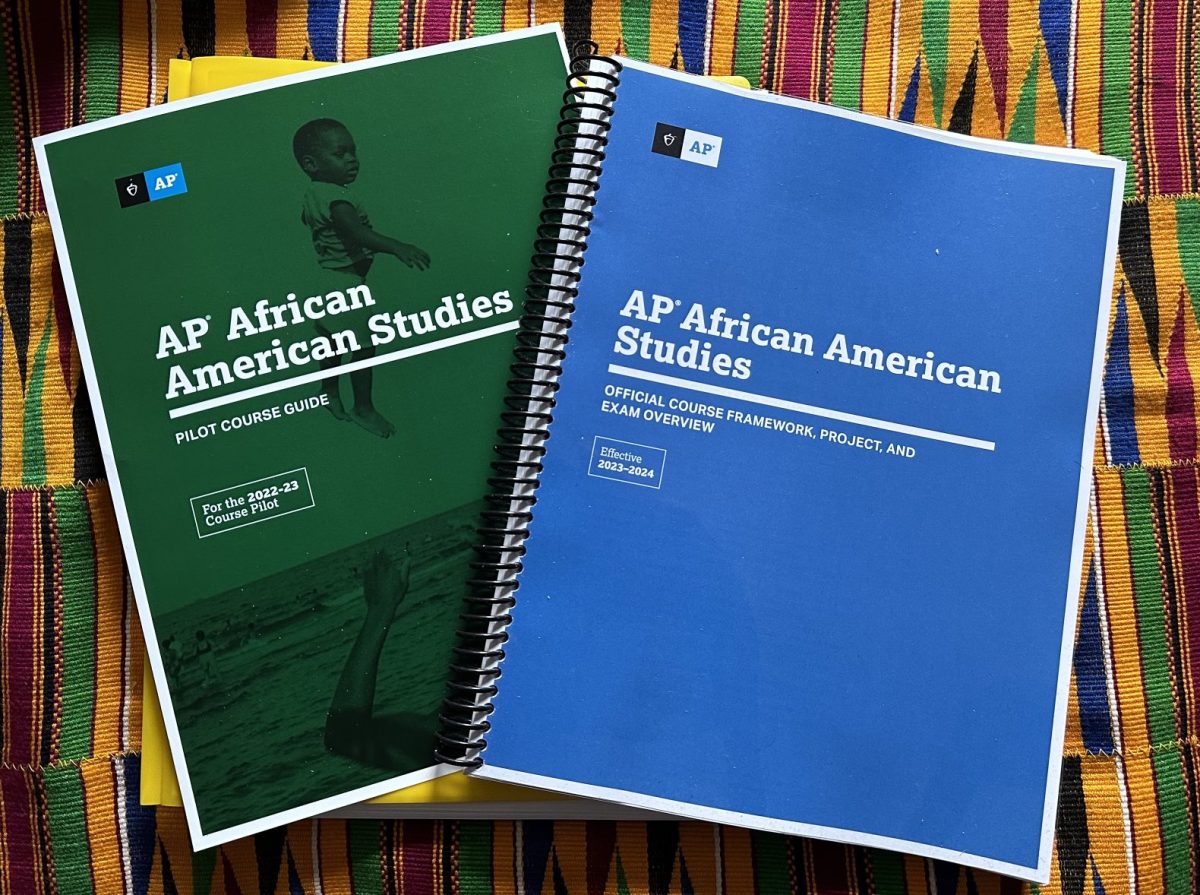

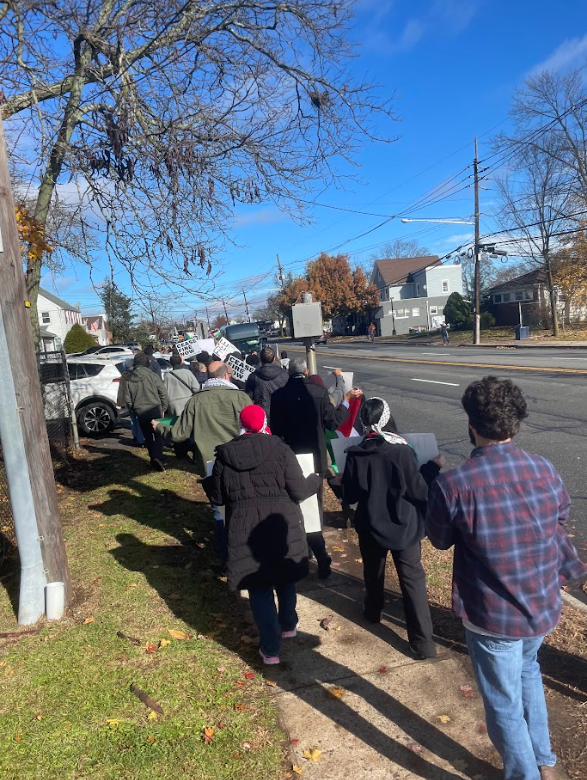
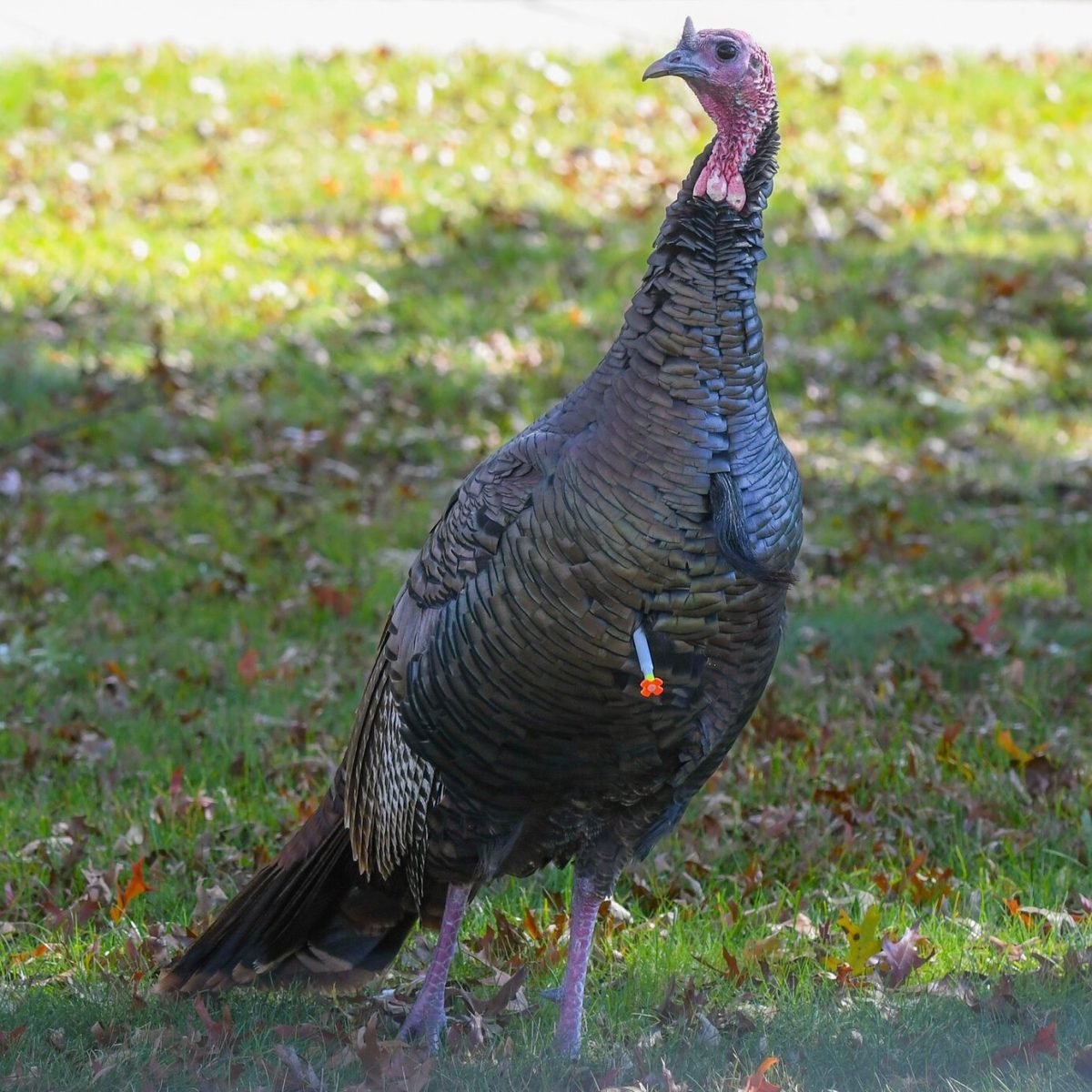



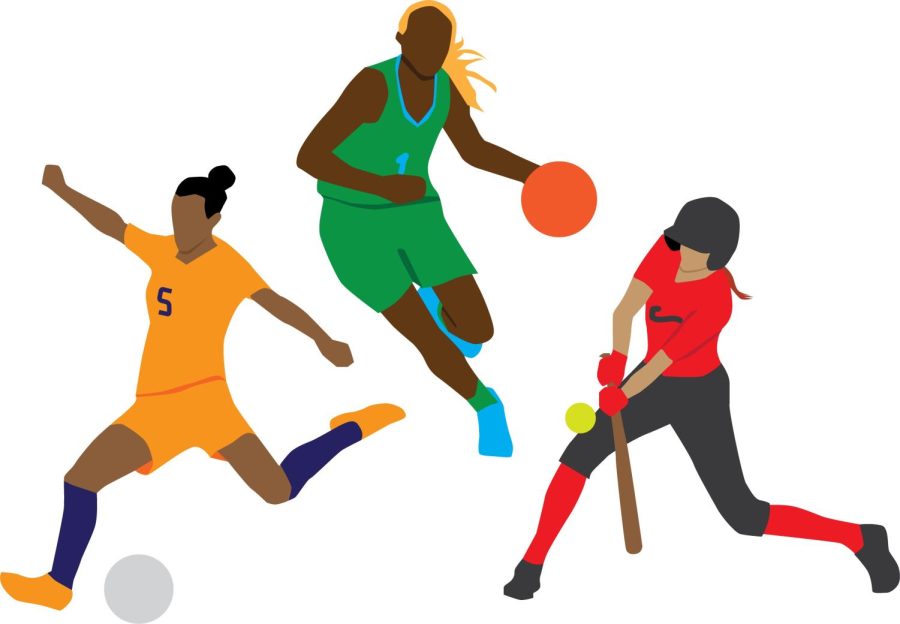
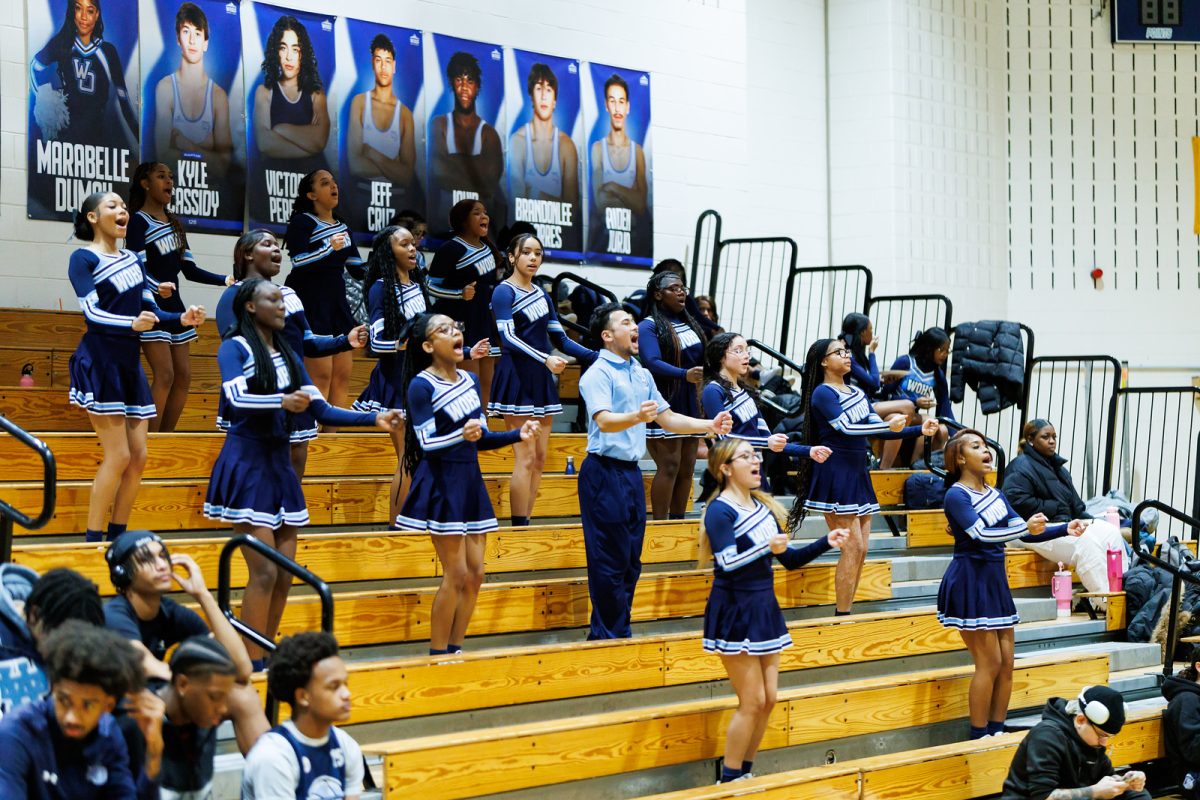
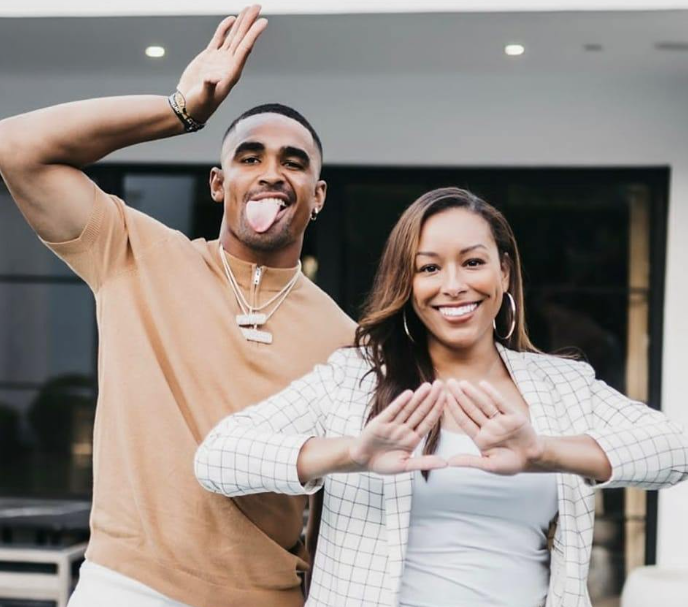
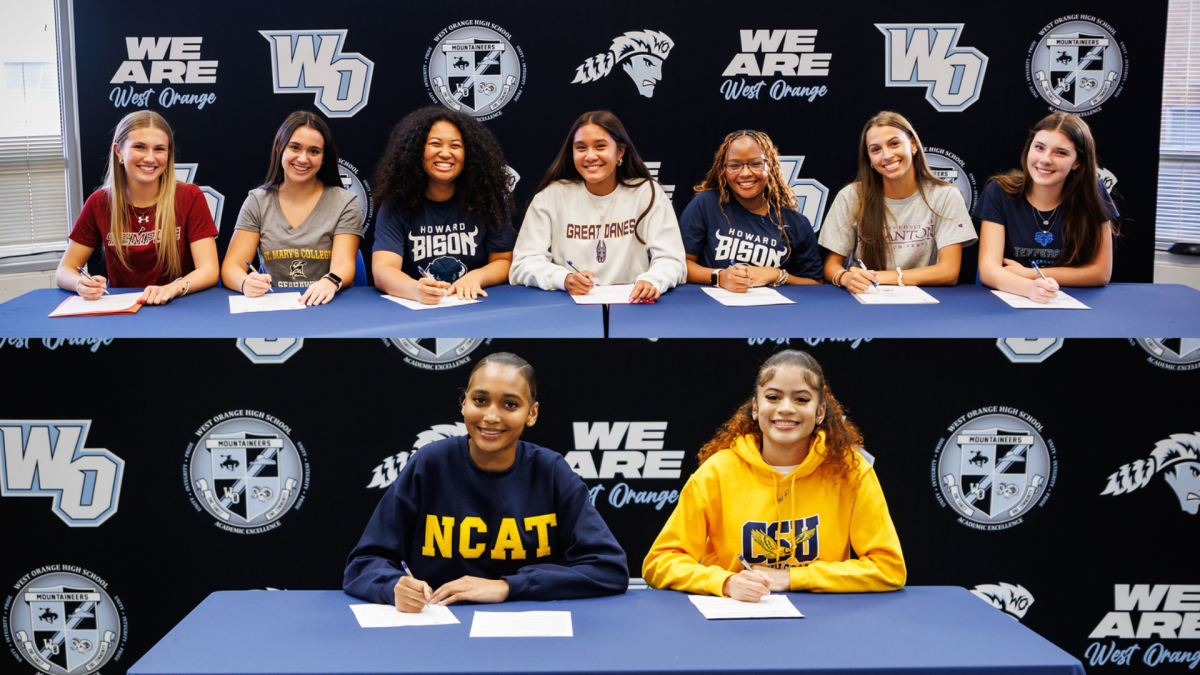



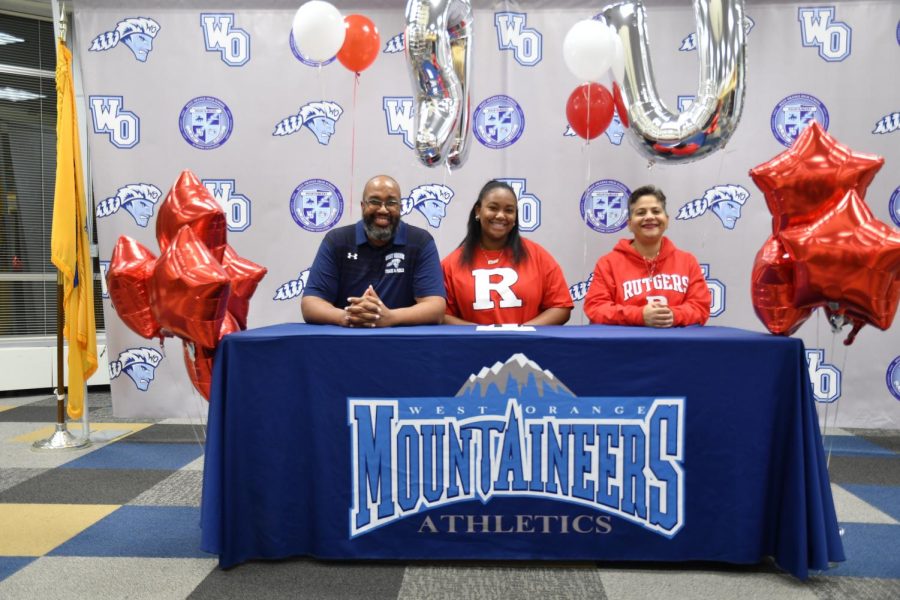
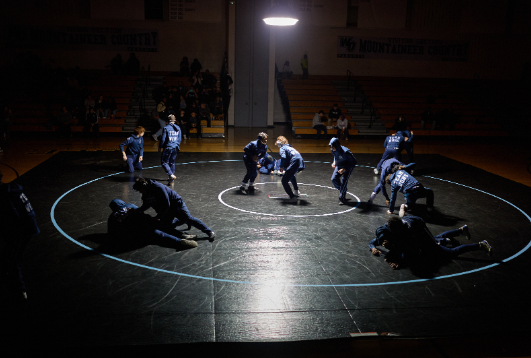
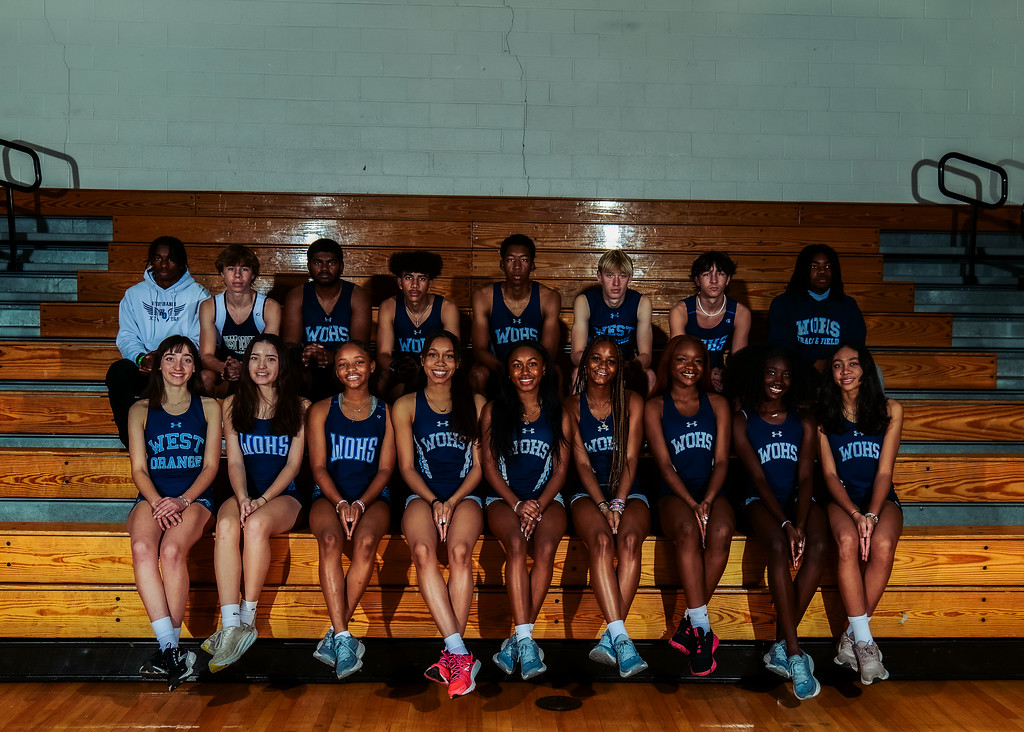
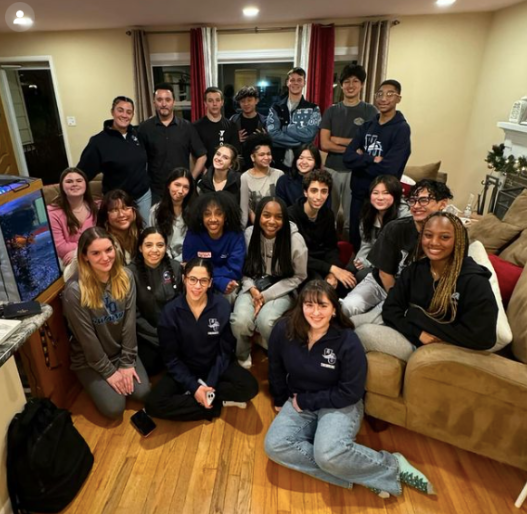

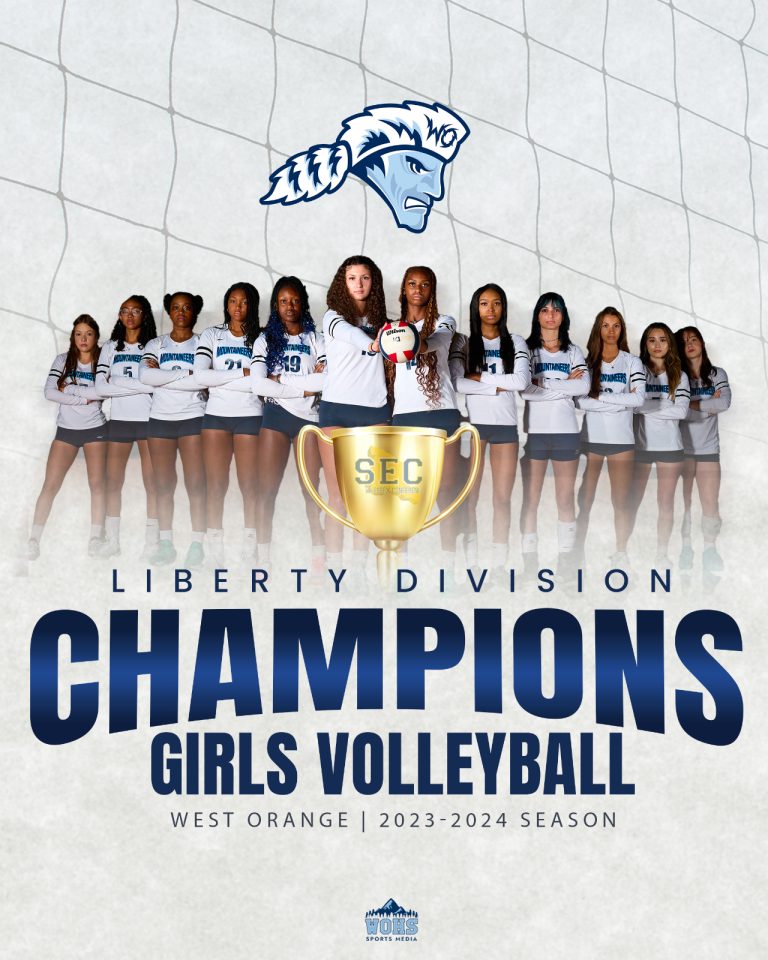
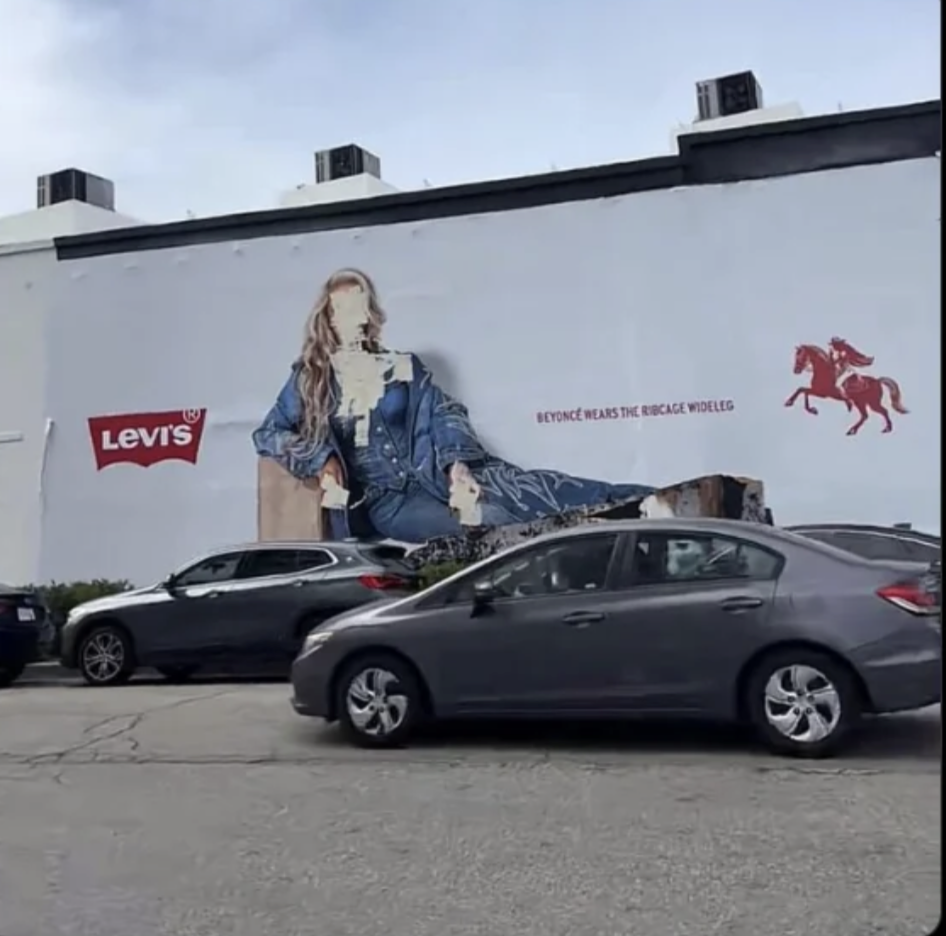
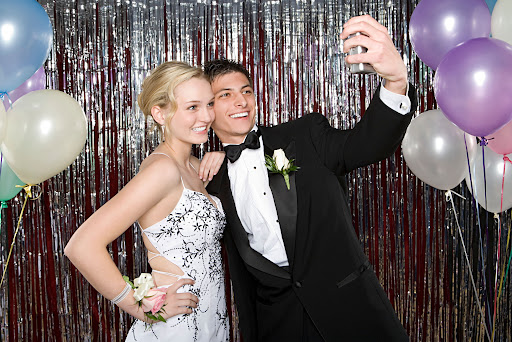
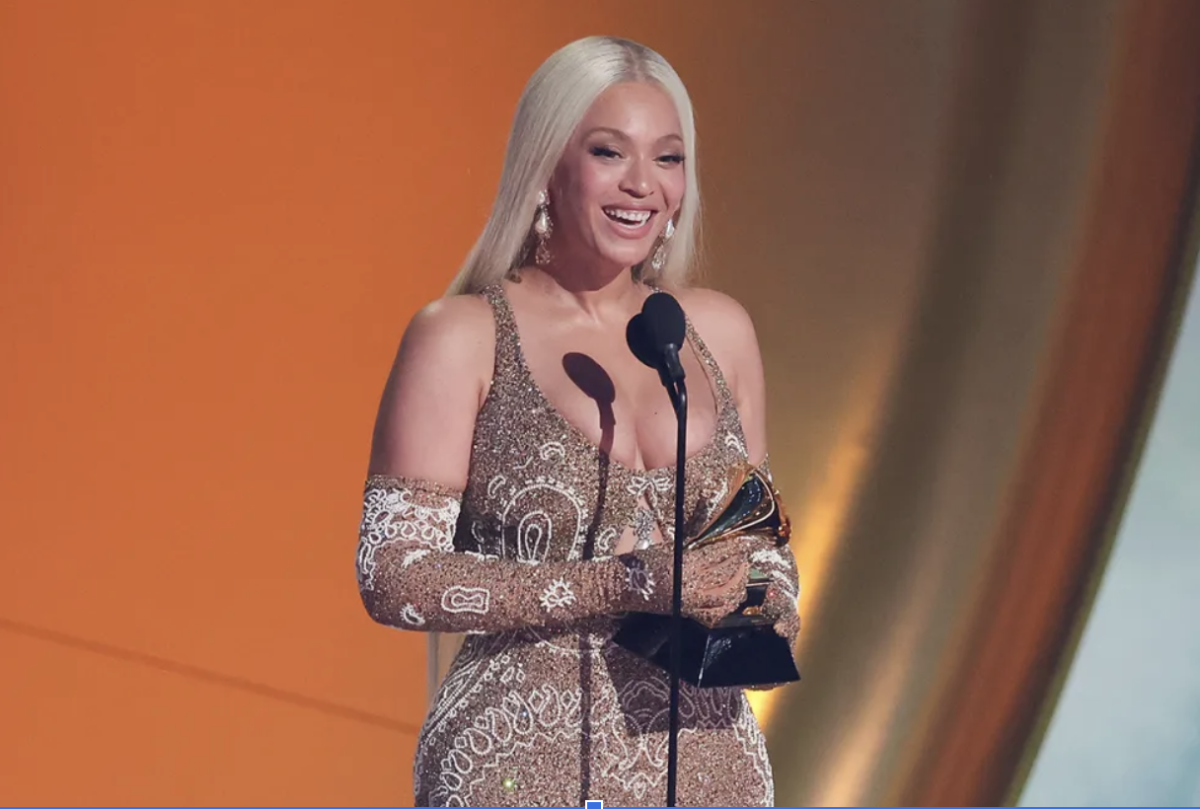
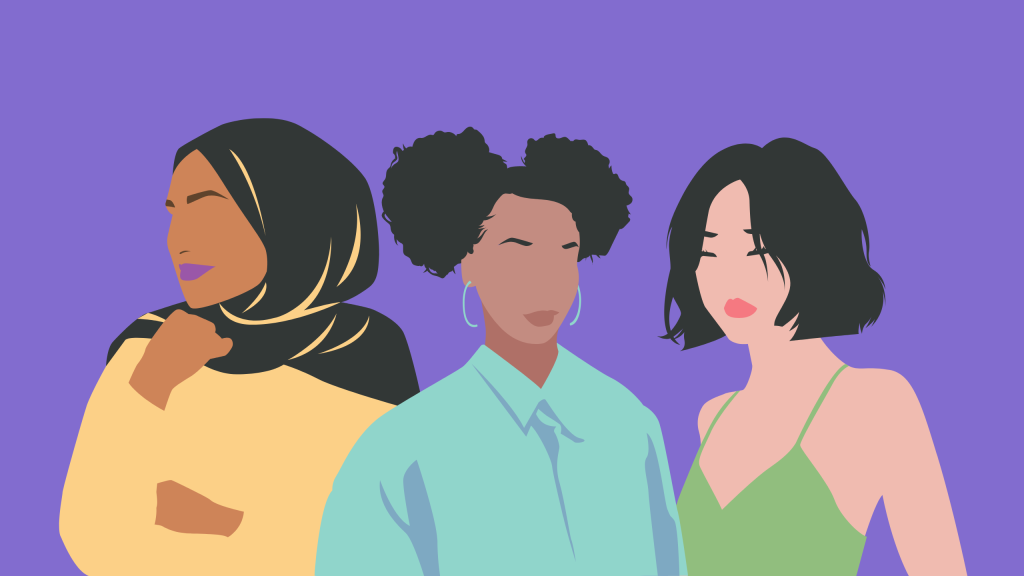

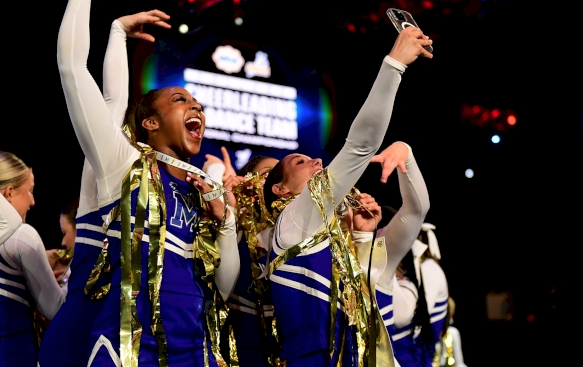
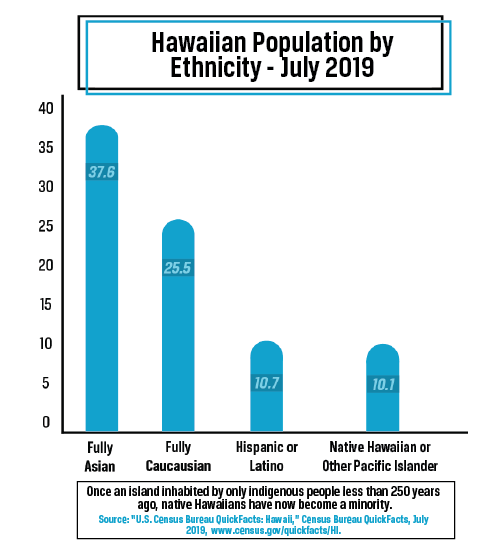
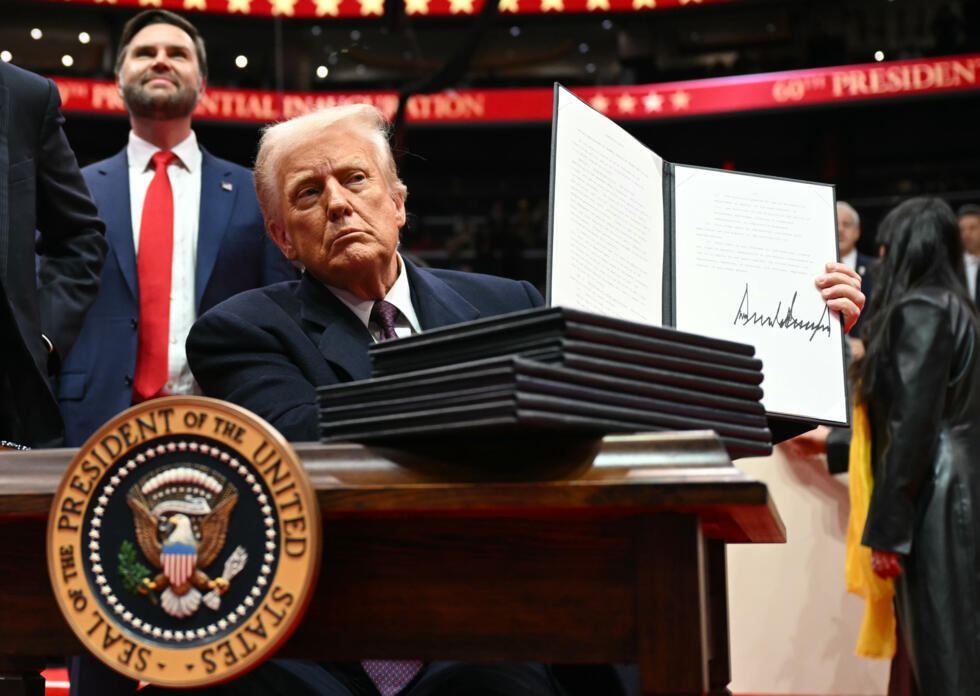



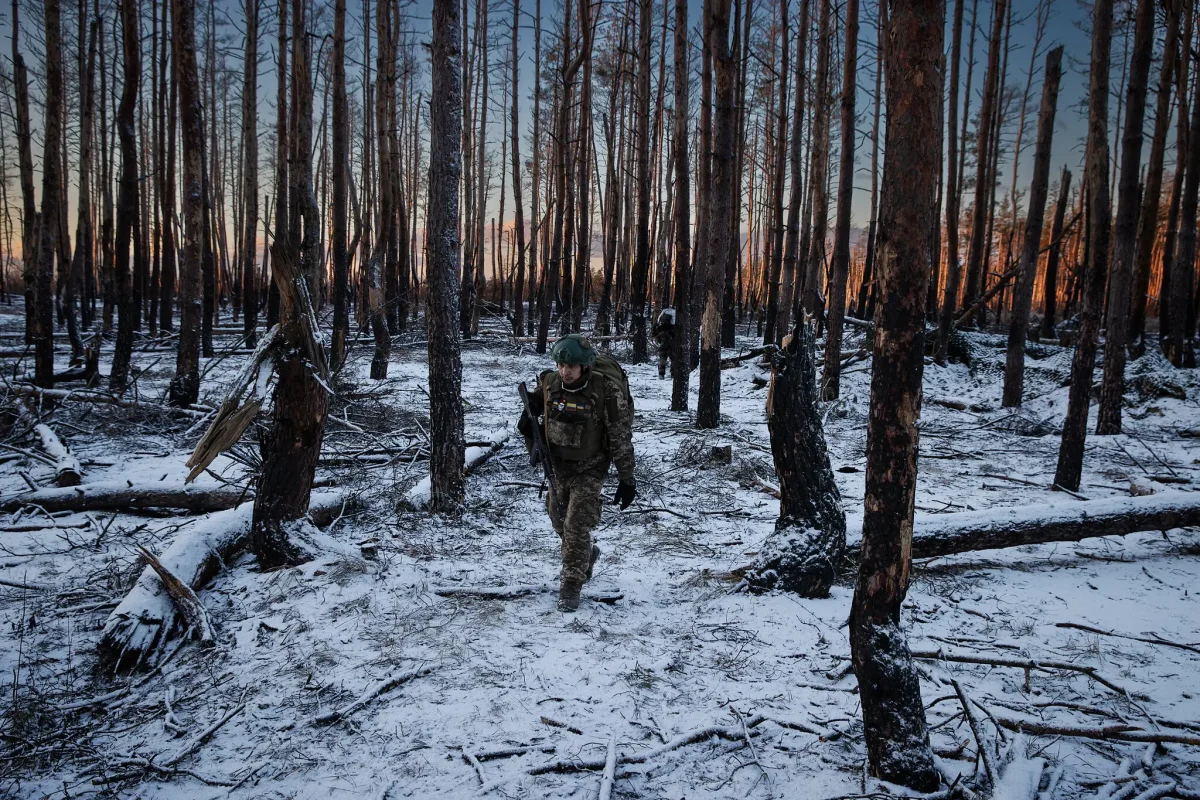

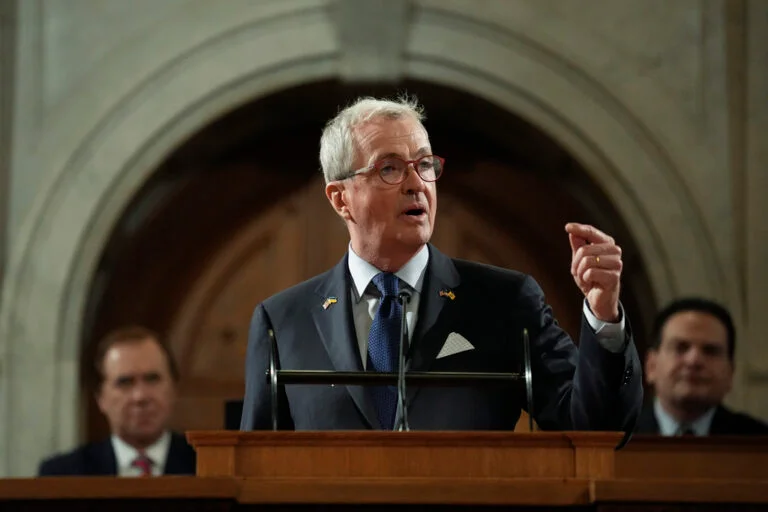
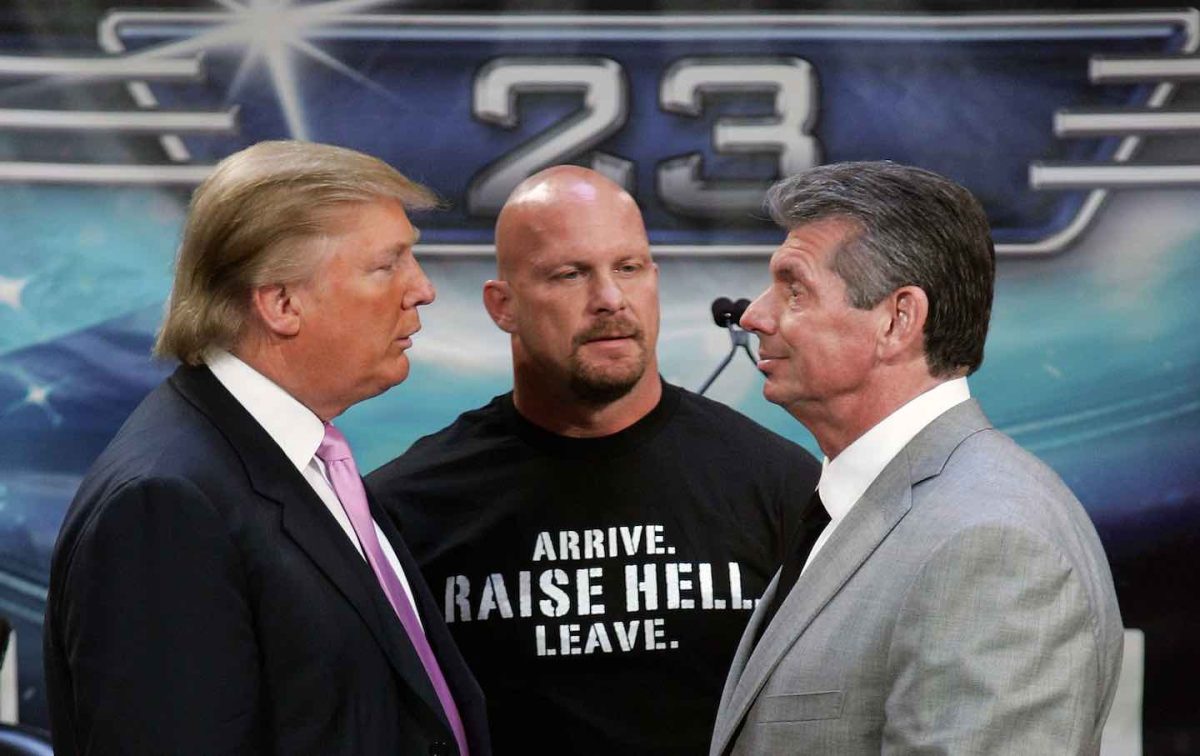
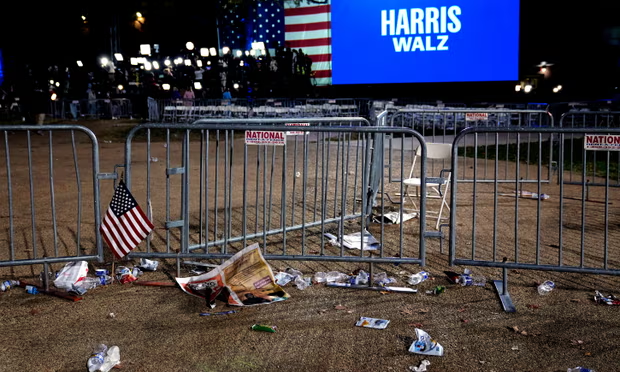

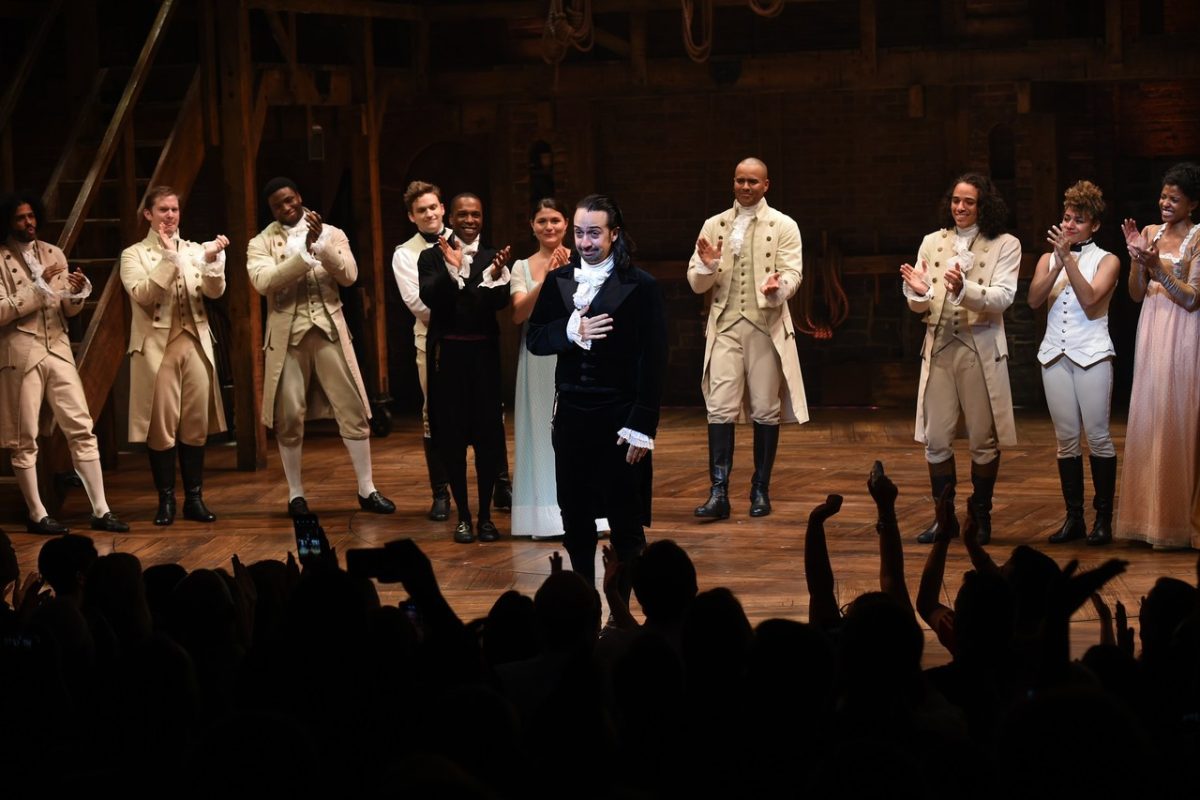

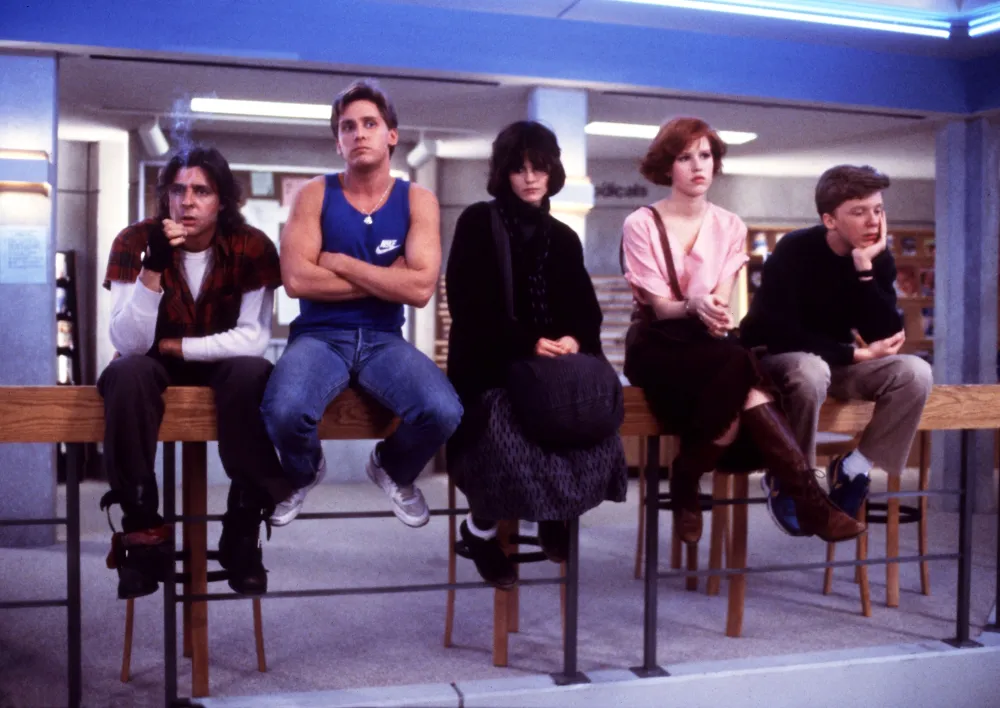
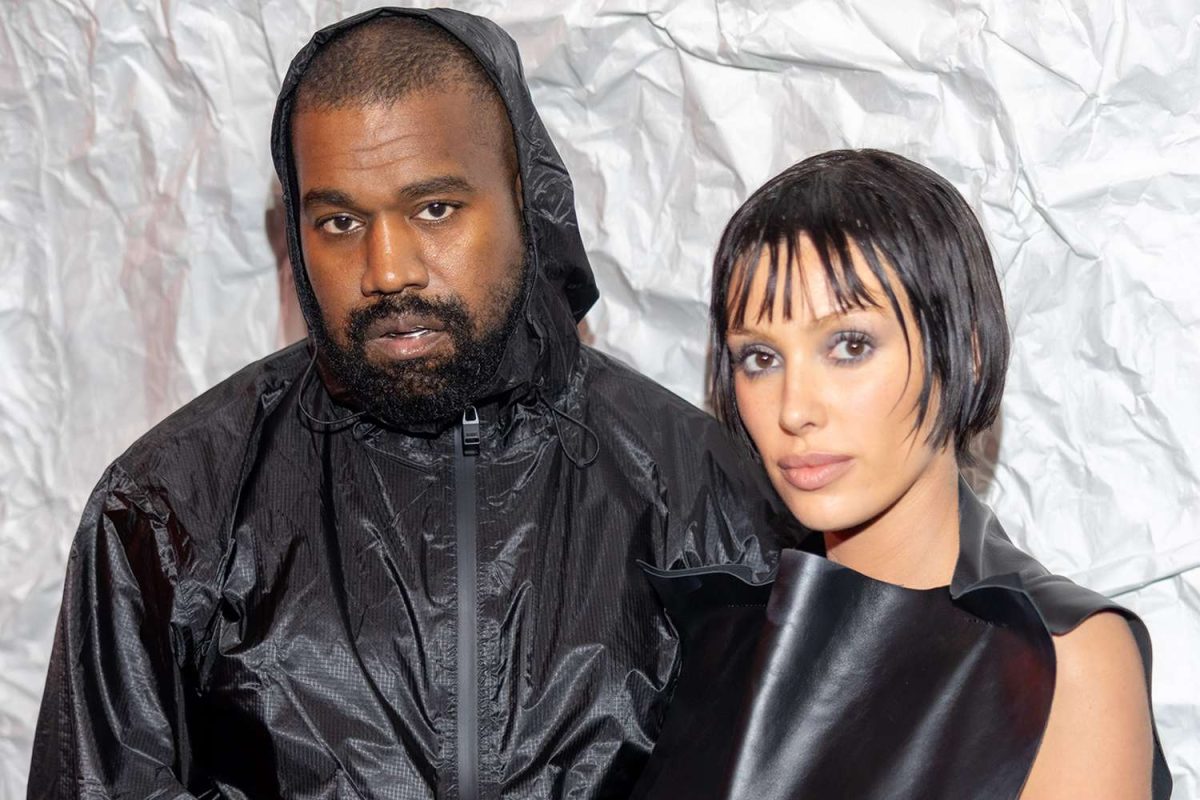
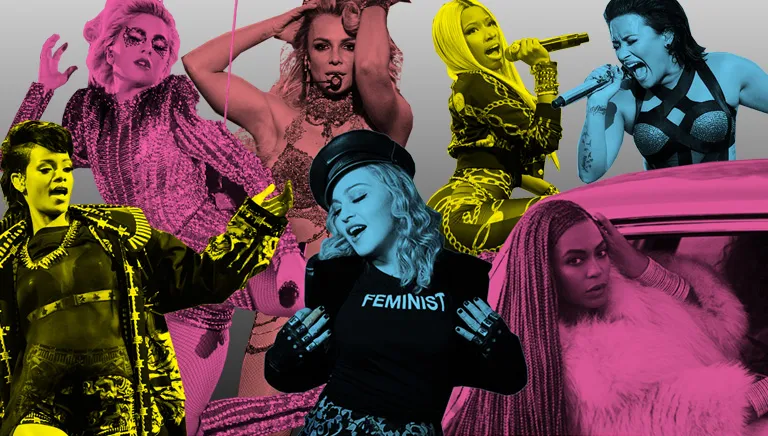

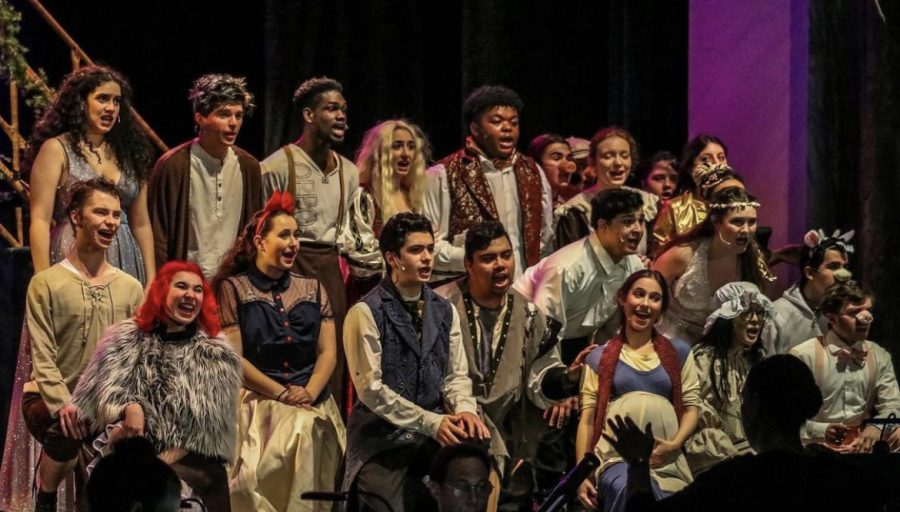
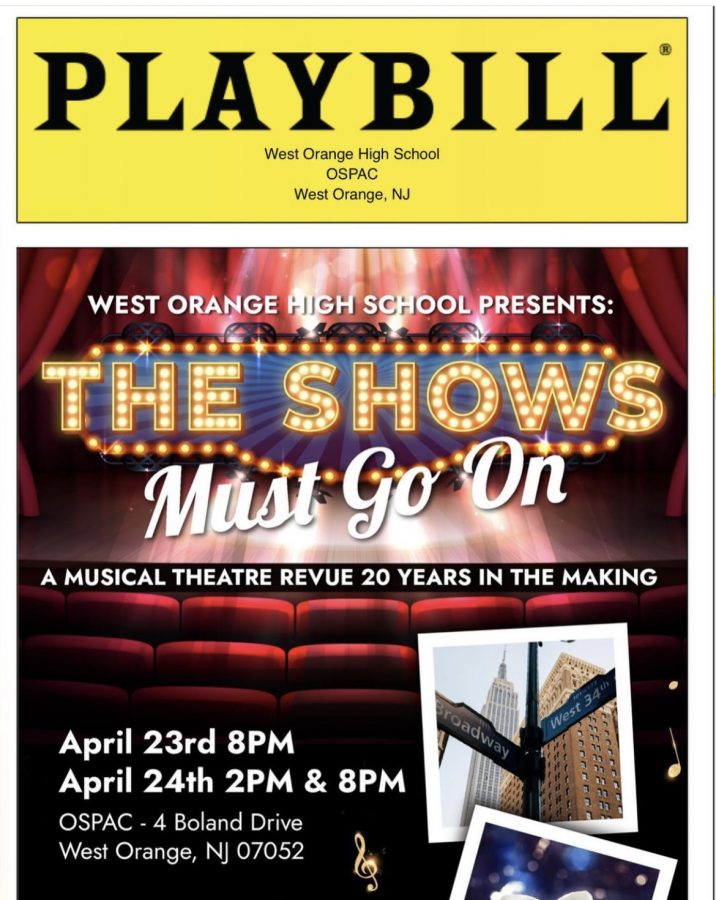
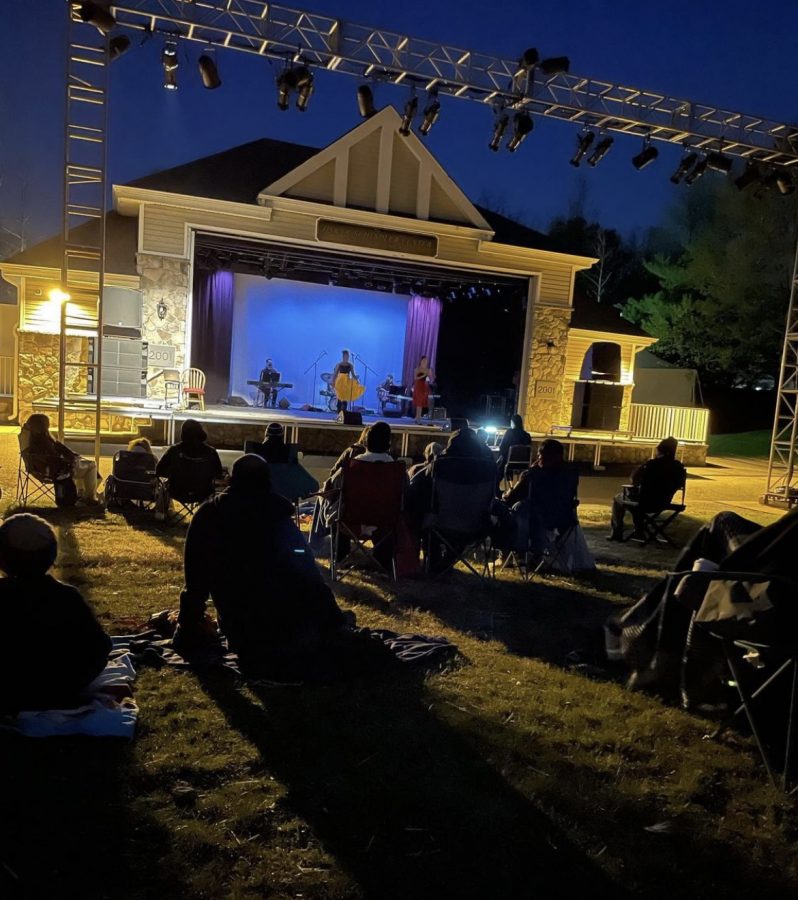




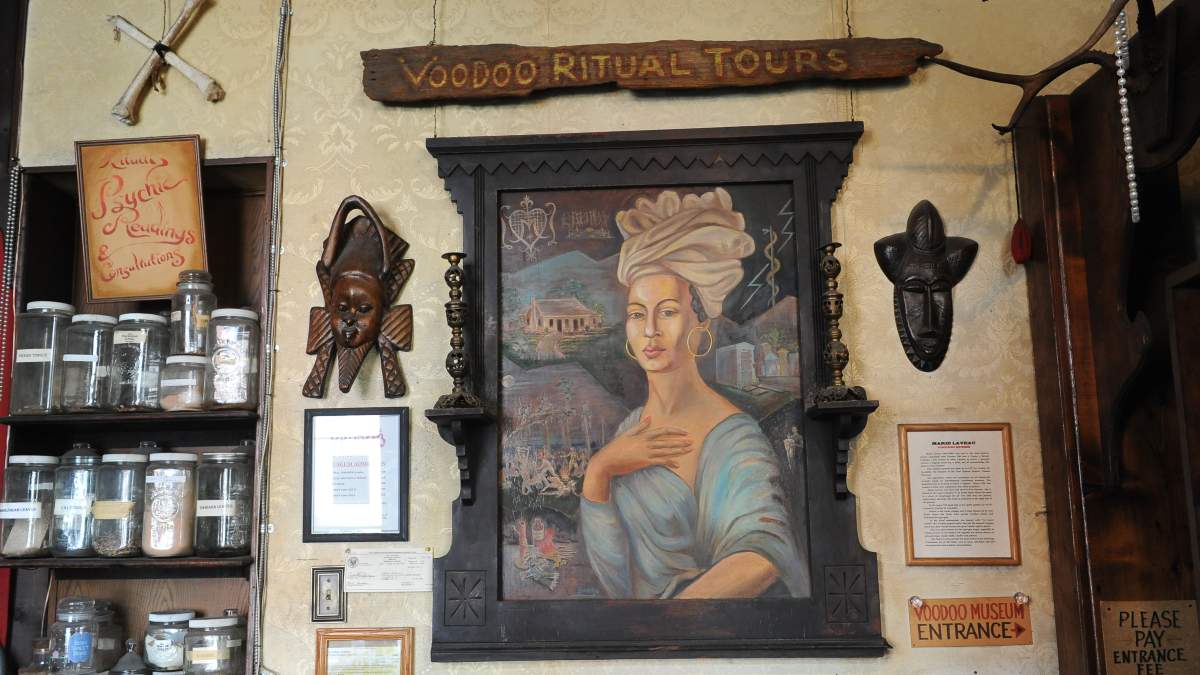
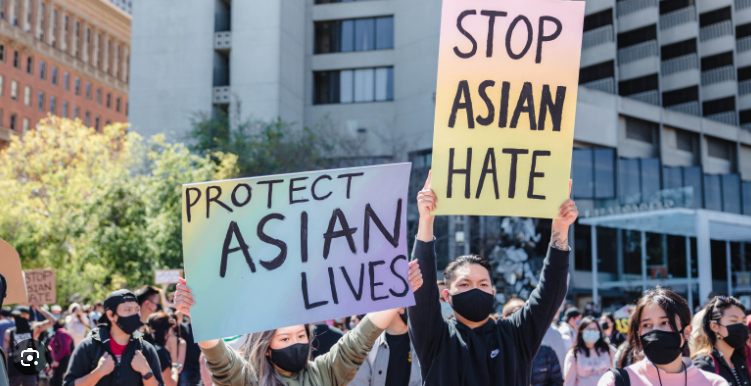
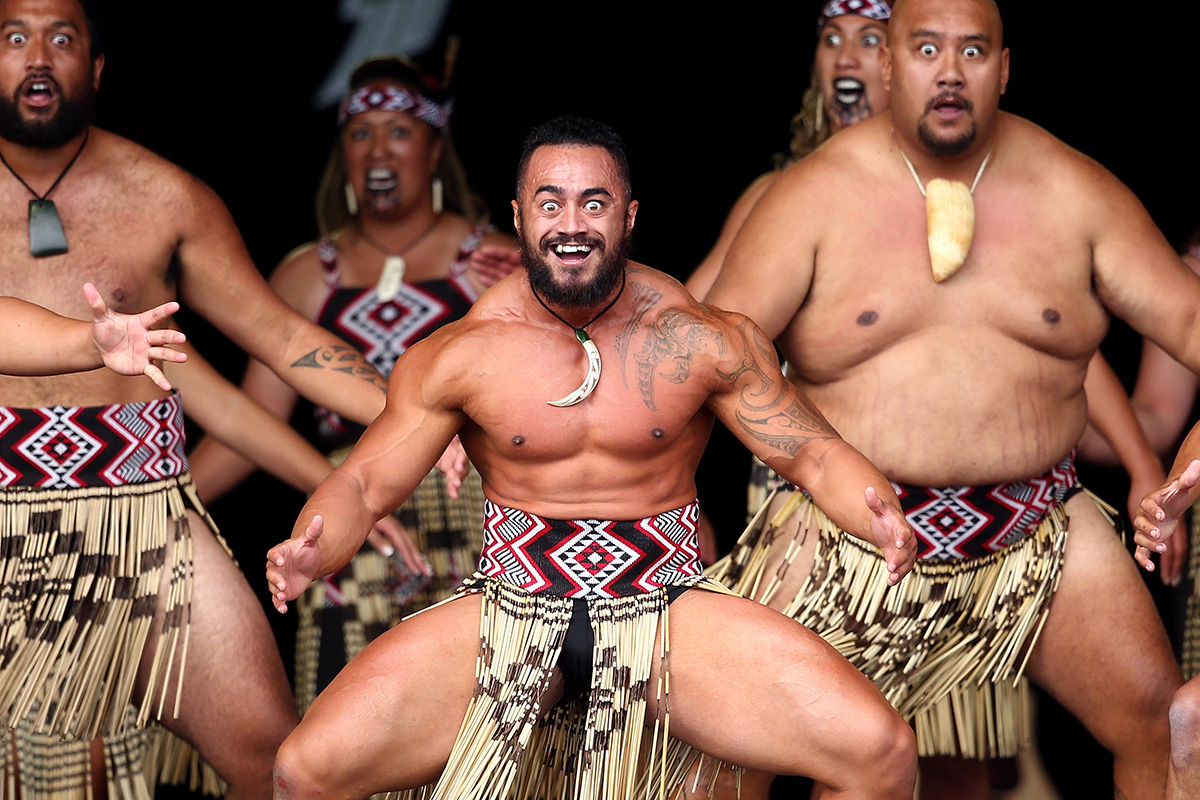
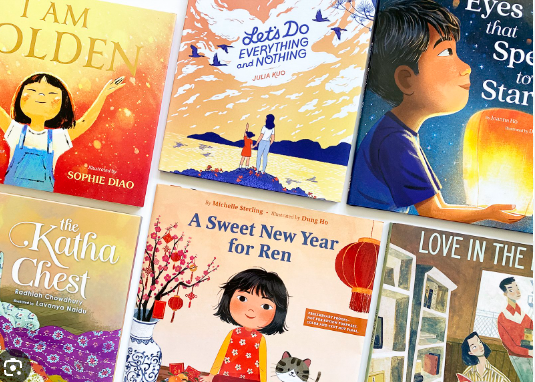
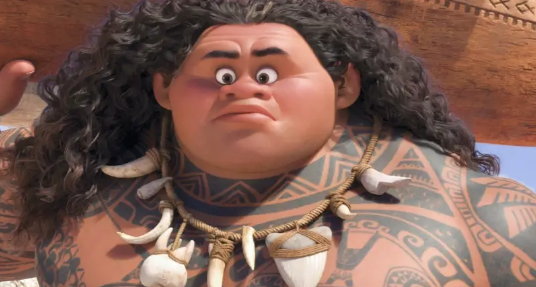
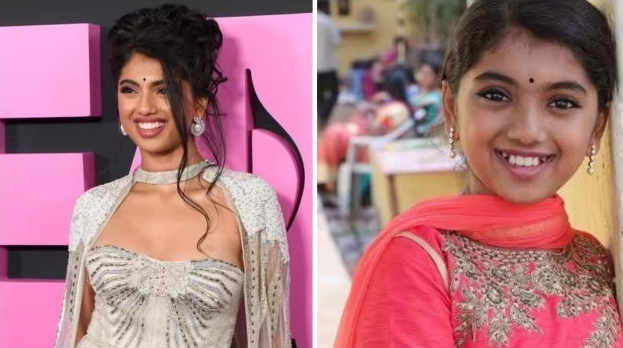
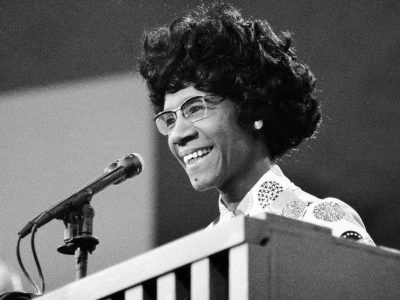
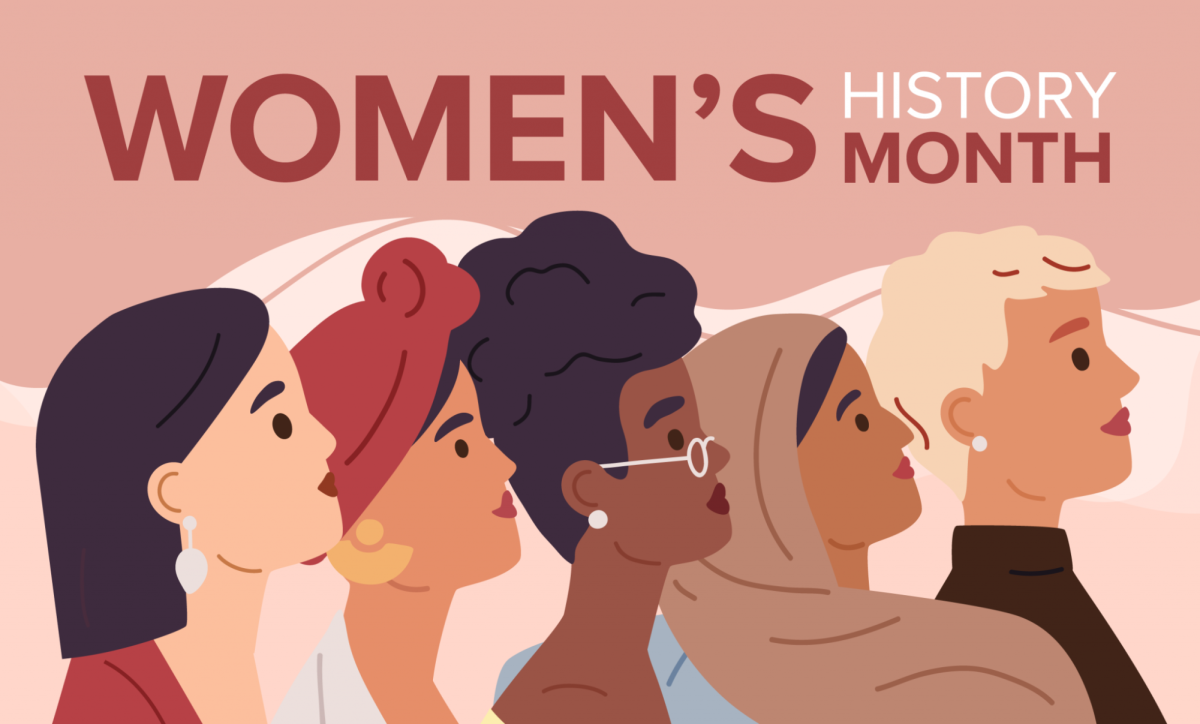
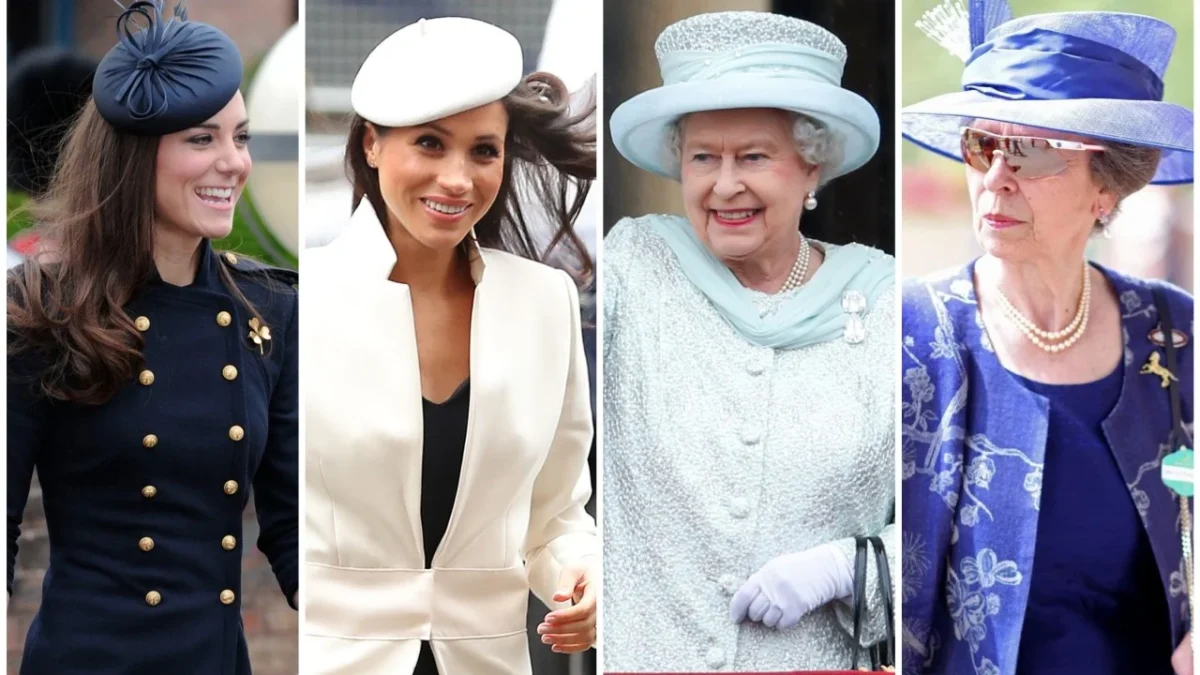
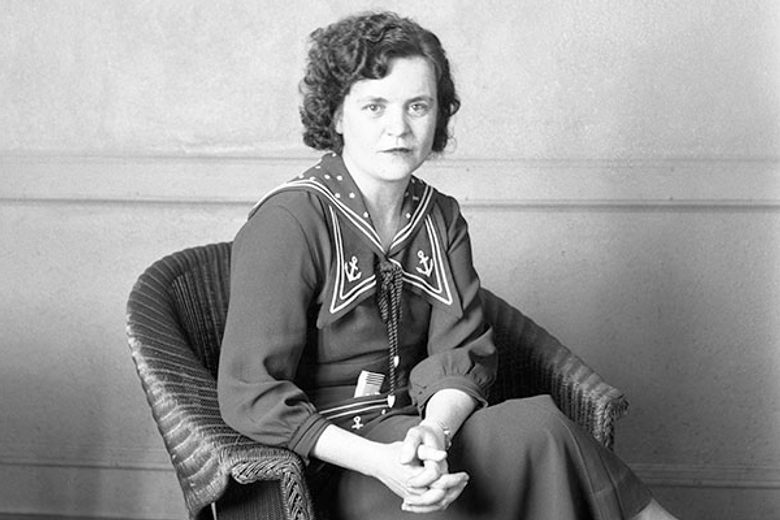
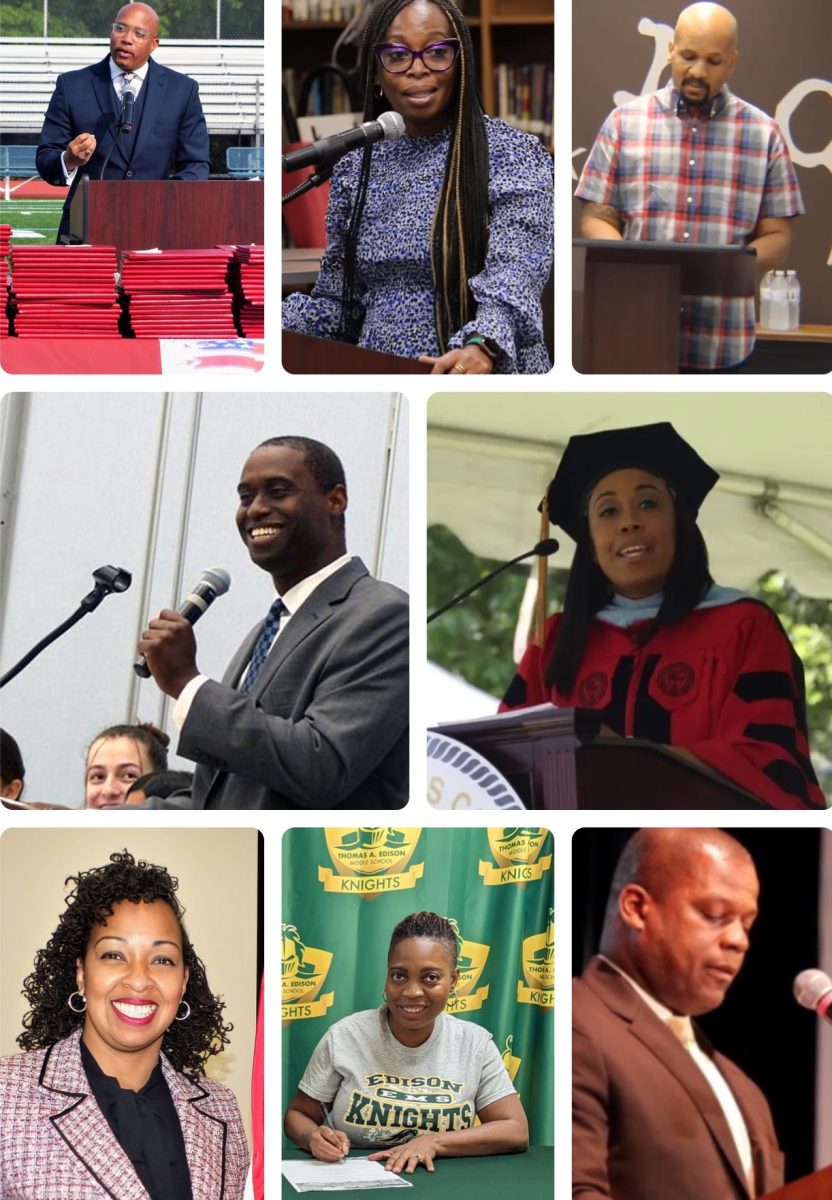
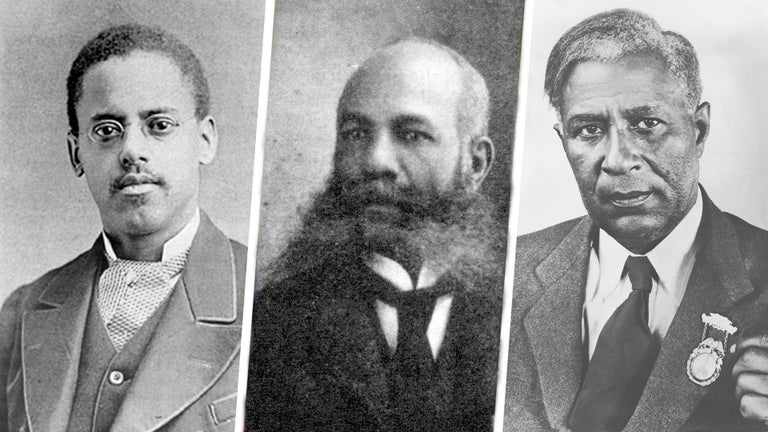
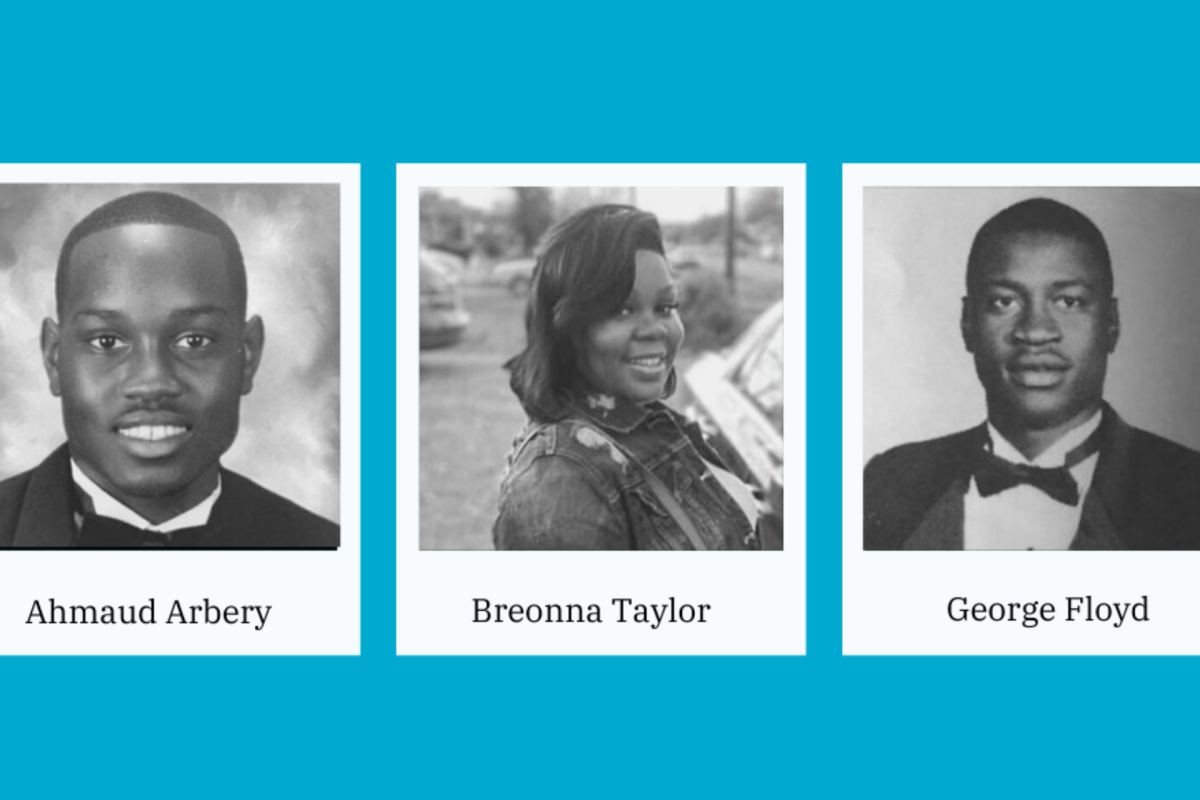

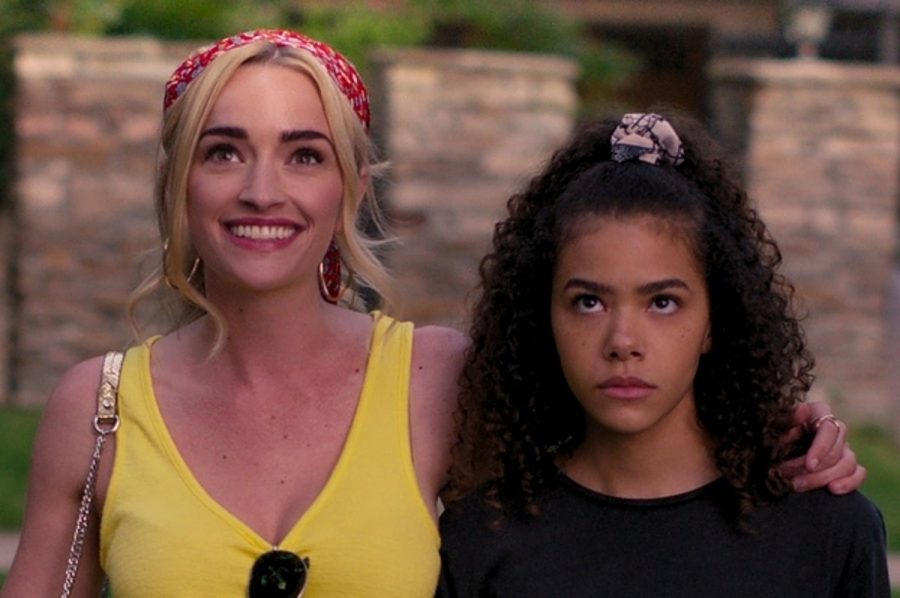
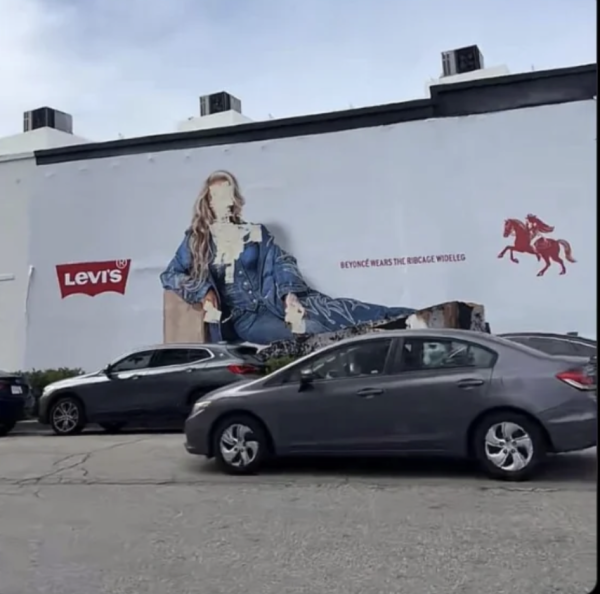
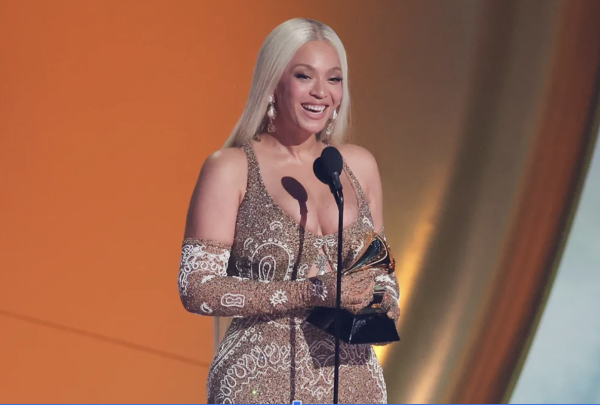

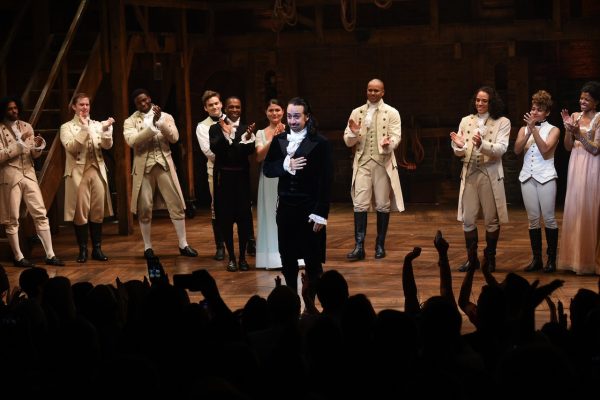

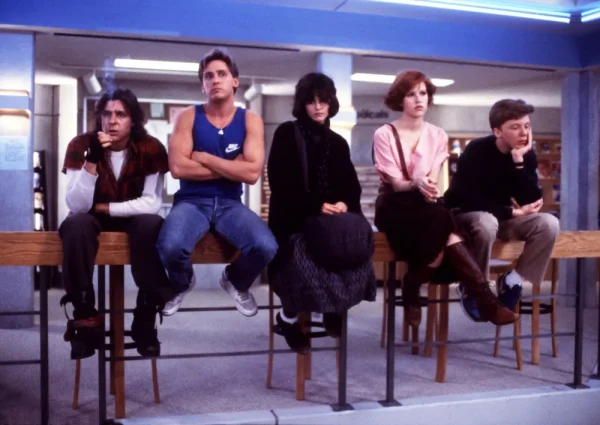
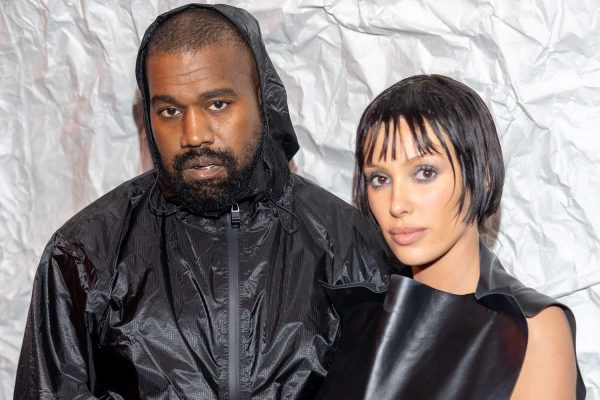
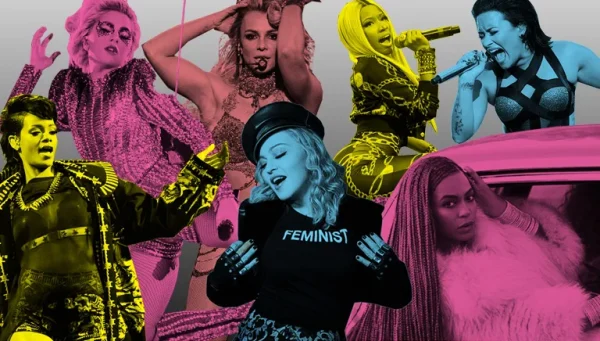
TW • Apr 14, 2021 at 11:44 am
I wasn’t quite sure from your story if you liked Hunter or not. LOL. Great review!
TW • Apr 14, 2021 at 11:44 am
I wasn’t quite sure fro